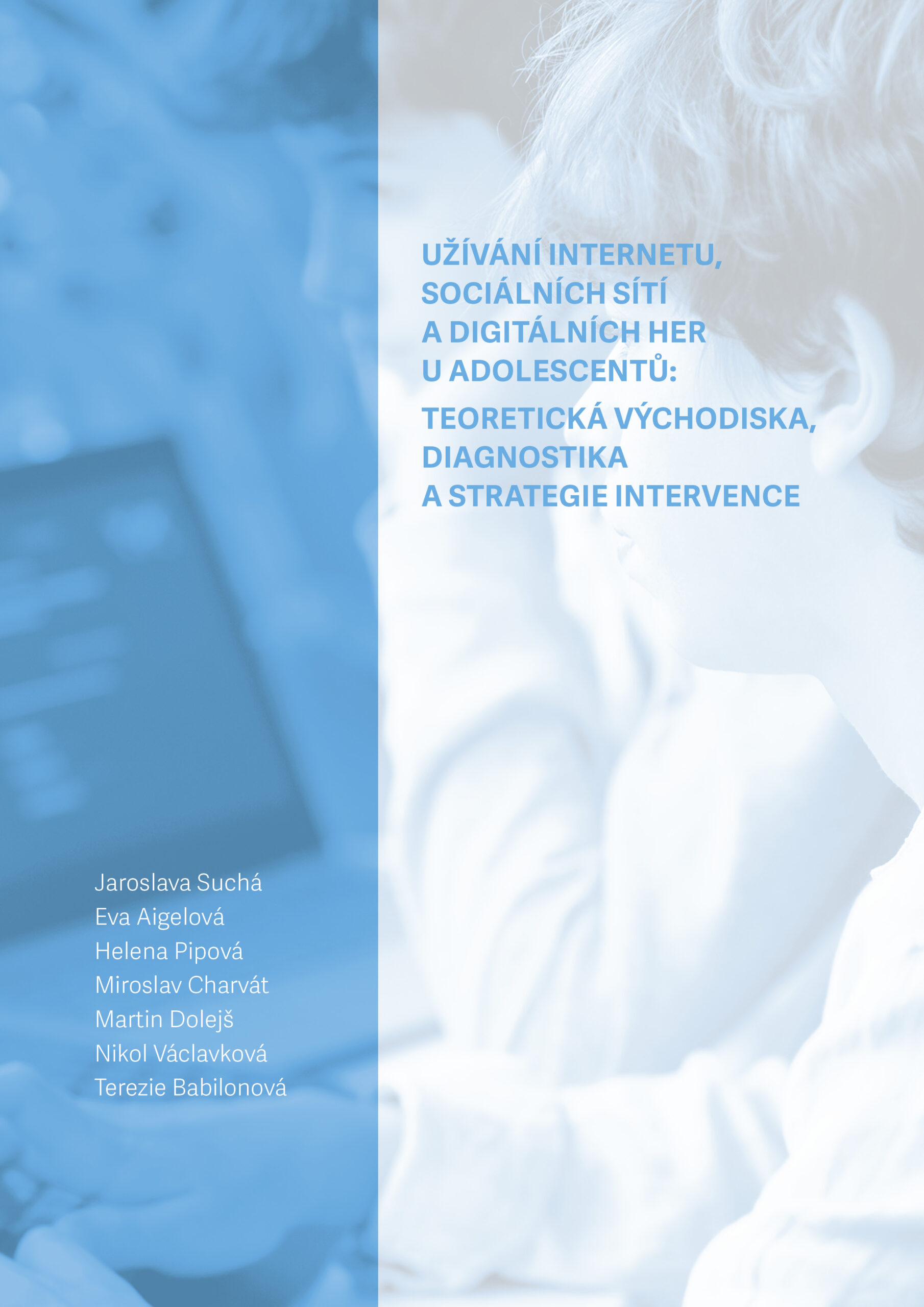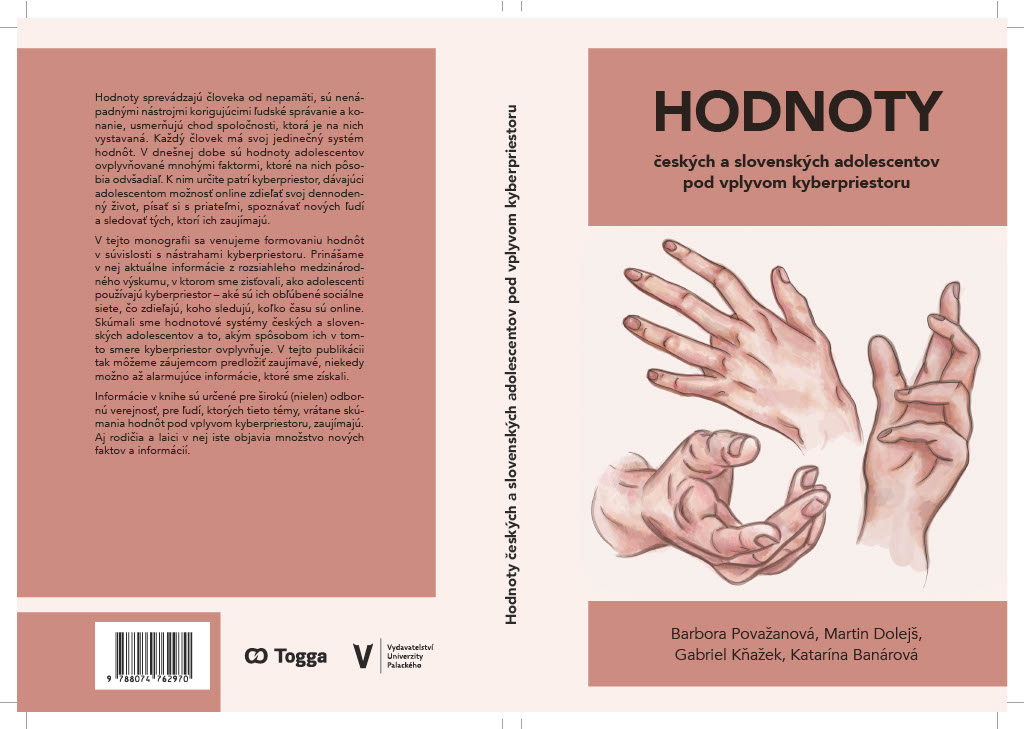Užívání internetu, sociálních sítí a digitálních her u adolescentů: Teoretická východiska, diagnostika a strategie intervence
Užívání internetu nabízí řadu výhod a benefitů, jakými jsou například online komunikace, nakupování, okamžitý přístup k informacím, různým platformám a aplikacím. Internet rovněž poskytuje zábavu a odpočinek a zprostředkovává možnost navázat nové vztahy či propojit se s různými zájmovými komunitami. Je tak nedílnou součástí našeho života a jeho oblíbenost a možnosti využití stále rostou.
Rozvoj internetu s sebou nese jak mnoho pozitiv, která můžeme denně čerpat, tak současně také narůstají důkazy týkající se jeho nezdravého užívání, a tedy jeho škodlivého a závislost ního potenciálu pro některé jedince. Užívání internetu s sebou přináší rizika, která mohou být díky rozvoji rafinovanější, a tím i škodlivější, a to zejména pro jedince, kteří jsou vůči této oblasti zranitelní. Termín závislost na internetu vstoupil do medicínského slovníku v polovině 90. let 20. století a od této doby roste počet vědeckých prací zabývajících se nadměrným a závislostním užíváním internetu jako takového i jeho dílčích oblastí (Kuss & Pontes, 2019). Některé výsledky ze zahraničních výzkumných studií naznačují relativně nízkou míru prevalence závislosti na internetu, tudíž někteří odborníci stále pochybují o platnosti a užitečnosti konceptu závislosti na internetu jako klinického fenoménu. Zároveň je třeba uvést, že jiné důkazy naopak naznačují, že je potřebný další výzkum, který by umožnil lepší pochopení této složité problematiky a vyřešil řadu nesrovnalostí uvedených v literatuře. Tato monografie si klade za cíl na základě nejnovějších poznatků poskytnout teoretické ukotvení, definovat základní pojmy, informovat o hlavních charakteristikách jednotlivých fenoménů a představit psychodiagnostické metody pro screeningové zhodnocení této problematiky.


